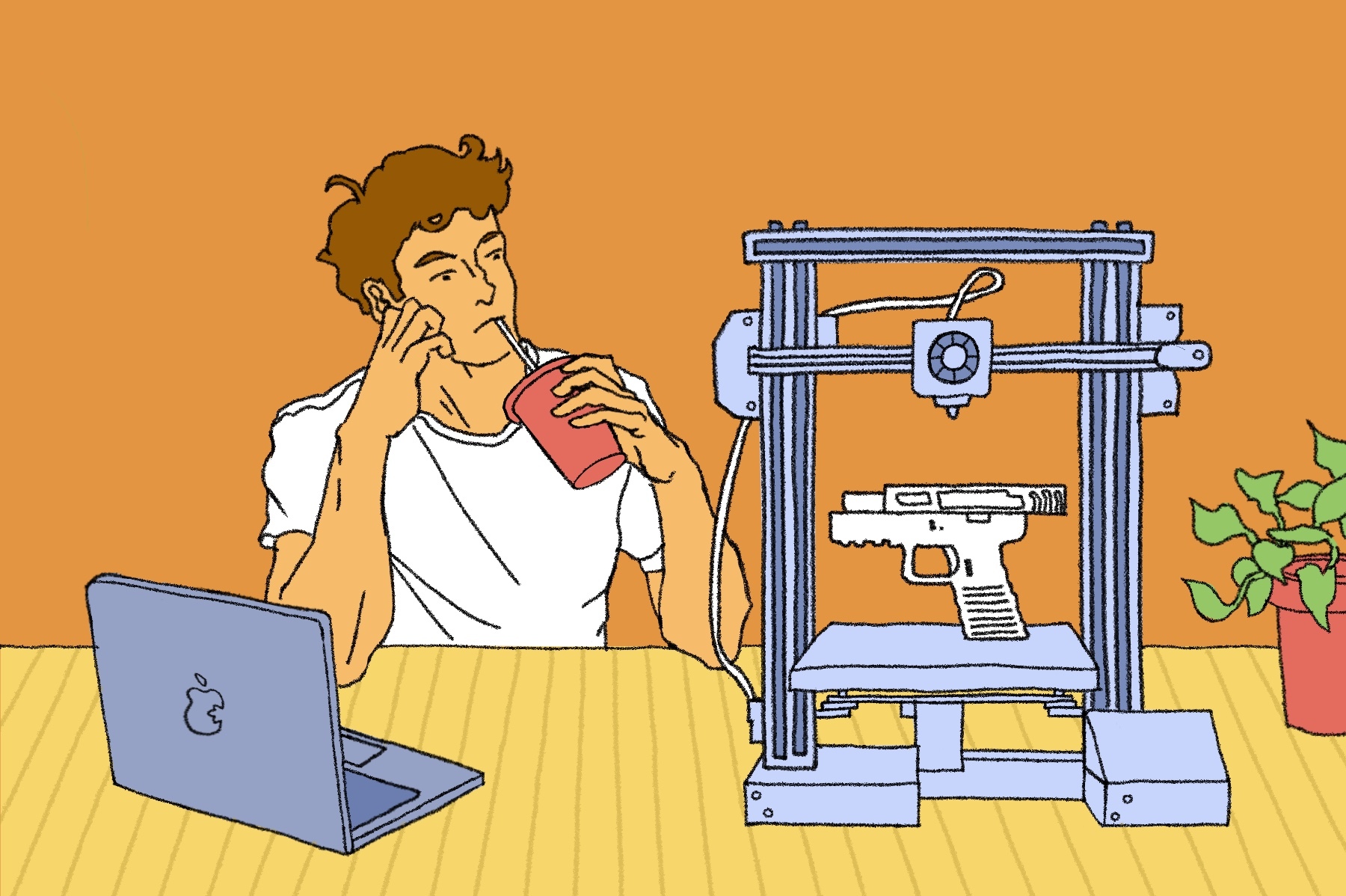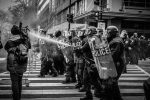Waking up as a Japanese citizen to news of a fatal shooting would’ve been shocking enough, even if the victim was an ordinary citizen. Gun restrictions have been in place since 1958. The homicide rate is down to almost nothing, and last year there were only 10. But when the victim turns out to be Shinzo Abe, the former prime minister of Japan, the news becomes even more distressing. Add in the fact that the shooter used a handmade gun in the assassination plot, and the entire incident makes as much noise as the JFK assassination. And while there doesn’t seem to be any questions involving who actually committed the crime, there is definitely one question that should be in everyone’s crosshairs at this point: How the hell can someone just make a gun and kill someone? Well, as it turns out, it’s much easier to build a weapon than one may think. The reason? 3D printing.
Although the assassin’s gun was forged by the shooter himself, the killing has drawn attention to the easy access to such weaponry afforded by 3D printing. If the suspect, Tetsuya Yamagami, could create a functioning gun with just a few pieces of metal and wood and an understanding of how guns work, then how easy is it to find a blueprint of a firearm and model something after it? How easy is it to 3D print a gun directly? Once again, it’s much easier than one would assume.
One glaring reason that 3D-printed weapons are so easy to get ahold of is because of the lack of restrictions on 3D printing. Essentially, all that is required to make such a weapon is a blueprint of the gun itself and a machine to produce it. According to this website, you don’t even need a license. Anyone with a machine can produce basically whatever they want given the means, even if what they make can seriously injure someone.
In fact, it’s more difficult to find a blueprint for such a weapon than it is to actually produce it. According to this source, most organizations involved in the production of 3D-printed weapons are hardly organizations at all and are rather small groups of people interested in the matter. Their lack of formal structure means that their ability to spread weapon blueprints is hindered; without proper structure, the groups that take an interest in sharing these blueprints are forced to do so on the internet. But given the rigorous policies of many social media platforms, their capacity to spread blueprints is not nearly as strong as their ability to produce the weapons themselves.
The only positive side to making weapon blueprints harder to find than the guns themselves is that it might limit the number of handmade firearms since fewer people would have access to the blueprint. As for the negatives, well, they are still very easy to print once you have one and the blueprint producers’ decentralized organization means that it is more difficult for the federal government to keep track of them.
Adding to the drastically under-regulated world of 3D printing is the federal law’s silence on the matter. While Japan has strict laws against the production of 3D-printed weapons, making it almost as difficult to acquire 3D weapons as it is normal ones, the United States does not. Even with the Gun Control Act of 1968, it is completely legal to make and own homemade guns. The only rules imposed on the owners of such weaponry are that they need to have a federally regulated part inside the gun and include at least 105 grams of metal.
While some states have since imposed regulations in attempts to combat this potential threat, the federal government shows no such initiative. Seriously, that’s all the U.S. government requires. As long as the weapon producers are within a state that does not have these restrictions and includes both 105 grams of metal and the federally mandated part, they can continue making handmade or 3D-printed guns with no legal trouble.
Unsurprisingly, the very issue at hand had made its way into a courtroom only a few years after 3D printing became widely accessible. In 2013, one of the first-ever 3D-printed weapons was created and the blueprint for its build was posted online for all to see. The gun, coined “The Liberator,” is a fully functioning pistol made entirely from a 3D printer. While it may look like a nerf gun that any kid might have in their house, it certainly shoots a lot harder. It fires a single .380 ACP round, which for reference, is the same caliber bullet many small pistols use.
Ironically, the gun named the Liberator had its blueprint censored on the internet by the United States Department of State only two days after it was uploaded. Shortly after, the creator of the gun and the head of Defense Distributed, Cody Wilson, sued the United States government, claiming that restricting free access to his pistol’s blueprint violated the First Amendment. And as you probably surmised, he won the lawsuit. As a result, the weapon blueprint is available for download on the internet.
So in the case of the weapon used in the assassination of Shinzo Abe, provided it fit the above requirements, it would have been legal in the United States. The government would have no control over the production, no right to deter access to the blueprint of the weapon build, and absolutely no way to track the weapon’s existence. To me, this sounds incredibly problematic. But in my experience, the debates surrounding gun control are about as tumultuous as the shootings that give rise to these discussions. So rather than sparking another one of these arguments, I’ll leave that part up to you.

















